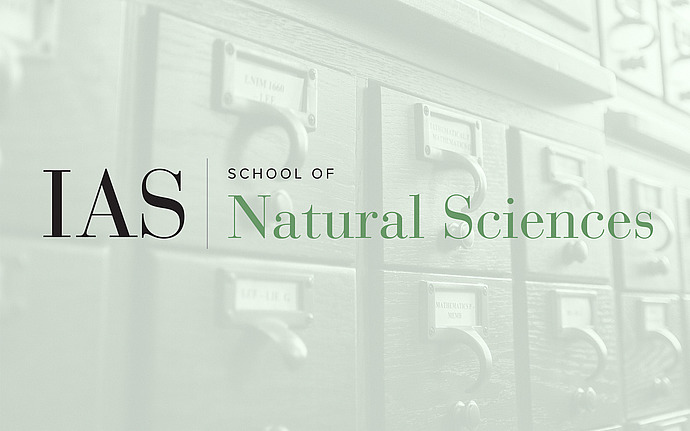
Institute for Advanced Study/Princeton University Joint Astrophysics Colloquium
Characteristic Scales in the CGM and IGM
An increasing number of QSO absorption line observations have suggested a population of dense (n ~ 1 cm^-3), compact (r ~ 30 pc) photoionized clouds out near the virial radius of galactic halos. This appears theoretically puzzling. We show this is an inevitable outcome of cooling-aided fragmentation, and that clouds are potentially much smaller (~0.001 pc) than observational upper limits. Cold gas in galactic halos is a fog of tiny suspended droplets. This vast increase of surface area to volume has important implications for cloud survival, kinematics and radiative transfer. It also means it is hopeless to resolve cold gas in cosmological simulations, and that a new approach is needed. On the largest scales, we show that HII regions during reionization could be much larger (by factors of ~ 10-1000 in volume) than previous estimates. This impacts 21cm interferometers, Ly-alpha emitter visibility, and radiation field strength. We also show reionization obeys all the hallmarks of percolation theory, with infinite neutral and ionized regions through most of the process.
Date & Time
April 19, 2016 | 11:00am – 12:00pm
Location
Princeton University, Peyton Hall, Room 145Speakers
Peng Oh
Affiliation
University of California, Santa Barbara
Event Series
Categories
Notes
Coffee and refreshments are available from 10:30 am in Peyton Hall Grand Central.